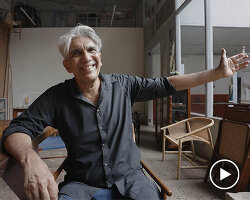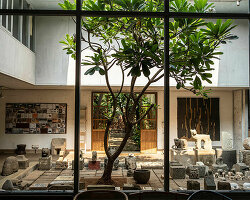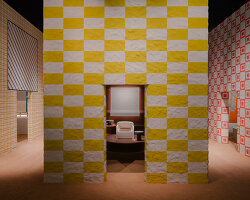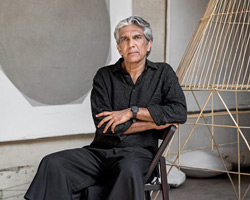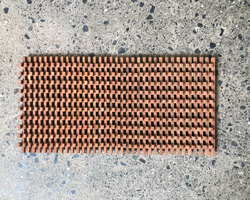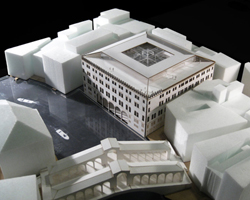KEEP UP WITH OUR DAILY AND WEEKLY NEWSLETTERS
happening this week! holcim, global leader in innovative and sustainable building solutions, enables greener cities, smarter infrastructure and improving living standards around the world.
PRODUCT LIBRARY
comprising a store, café, and chocolate shop, the 57th street location marks louis vuitton's largest space in the U.S.
beneath a thatched roof and durable chonta wood, al borde’s 'yuyarina pacha library' brings a new community space to ecuador's amazon.
from temples to housing complexes, the photography series documents some of italy’s most remarkable and daring concrete modernist constructions.
built with 'uni-green' concrete, BIG's headquarters rises seven stories over copenhagen and uses 60% renewable energy.
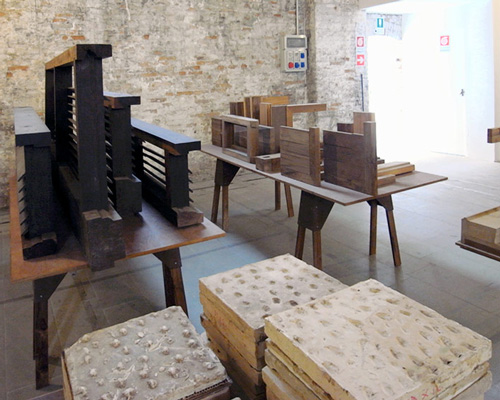
 full-scale model of a facade treatment image © designboom
full-scale model of a facade treatment image © designboom shelves offering artifacts from the atelier image © designboom
shelves offering artifacts from the atelier image © designboom full-scale furniture study image © designboom
full-scale furniture study image © designboom a number of models were on display image © designboom
a number of models were on display image © designboom model detail image © designboom
model detail image © designboom images © designboom
images © designboom material studies image © designboom
material studies image © designboom image © designboom
image © designboom image © designboom
image © designboom exhibition view image © designboom
exhibition view image © designboom colour samples from previous projects images © designboom
colour samples from previous projects images © designboom tile samples image © designboom
tile samples image © designboom stone samples and details images © designboom
stone samples and details images © designboom  image © designboom
image © designboom

